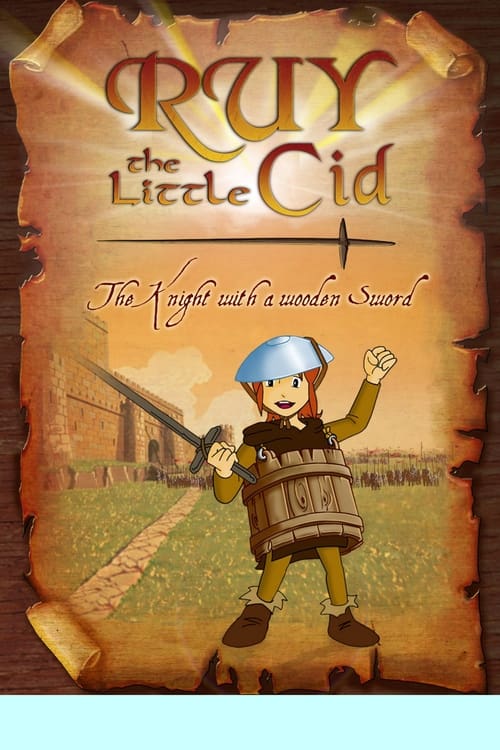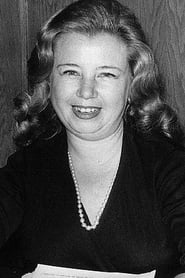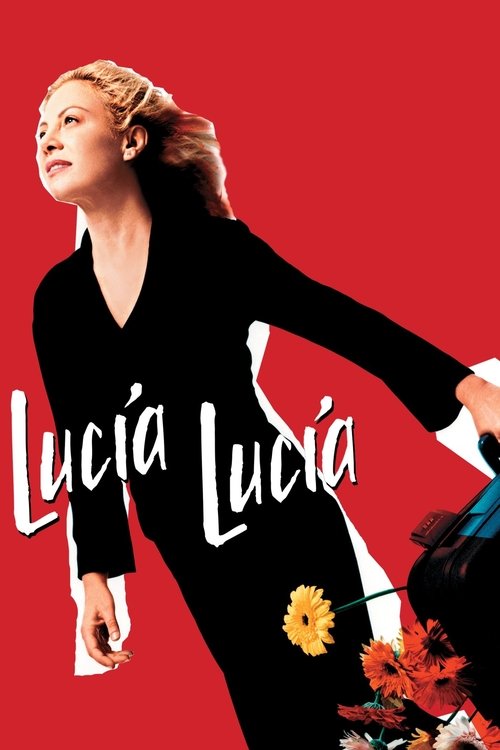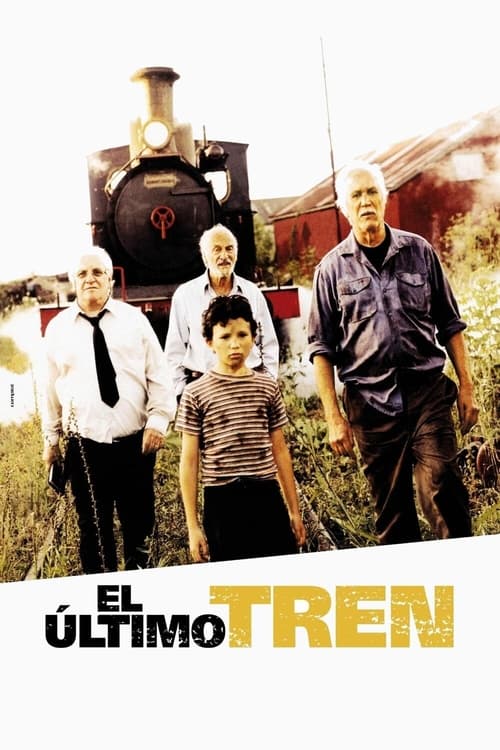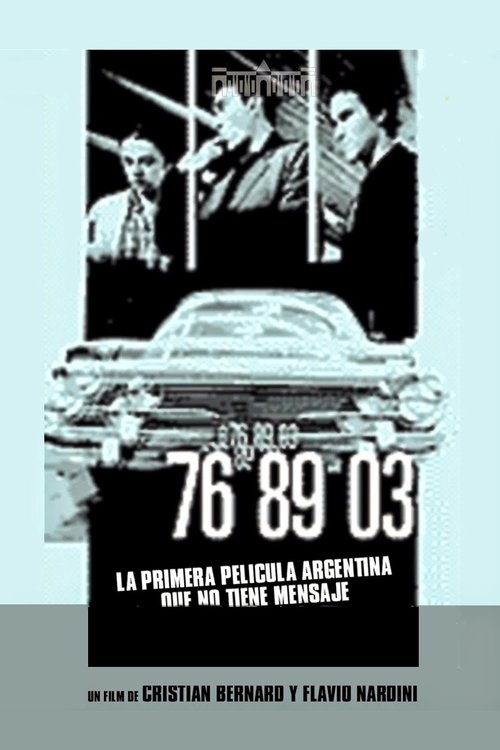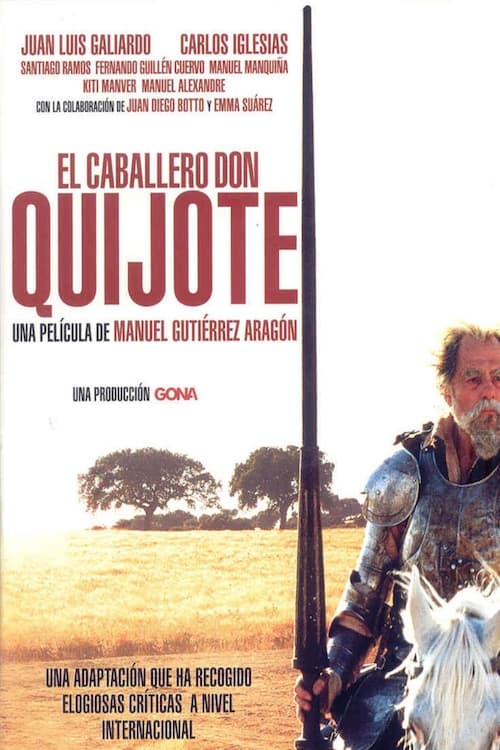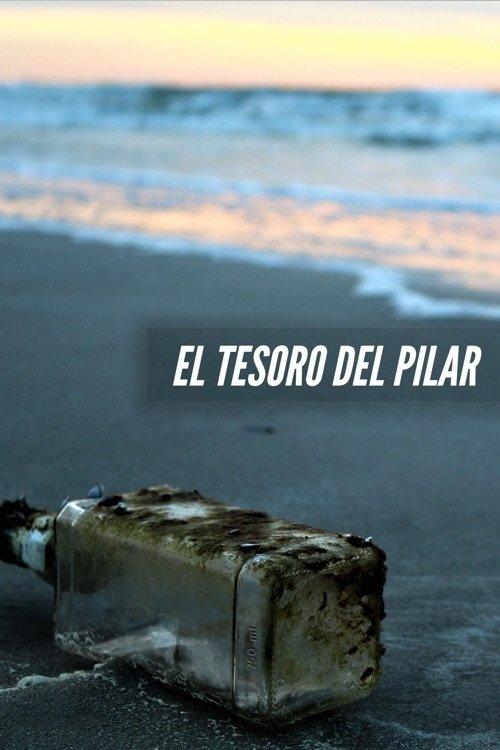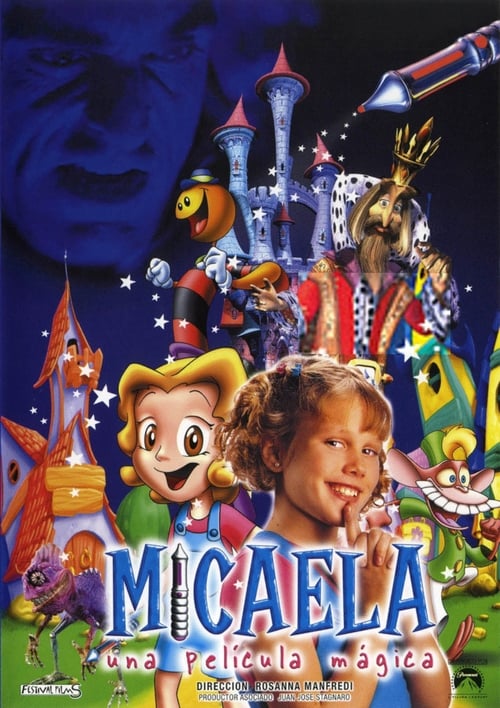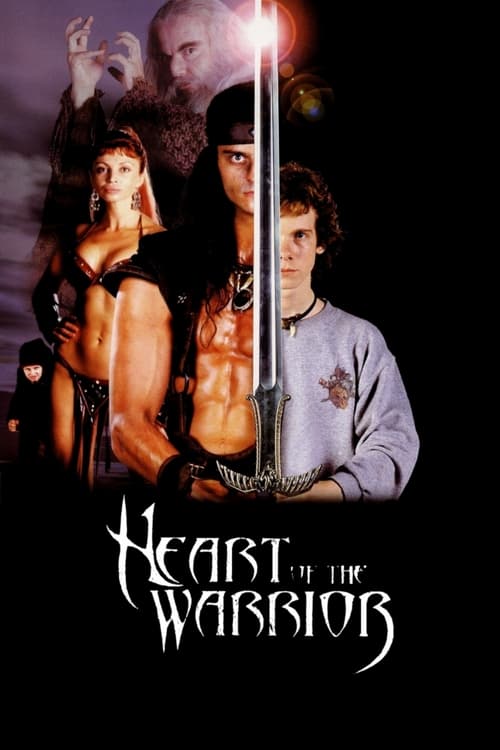
Ask Your Own Question
What is the plot?
What is the ending?
In the ending of "Ruy, the Little Cid: The Knight With a Wooden Sword," Ruy, having proven his bravery and skill despite his wooden sword, faces the final confrontation against the villainous forces threatening his homeland. With the support of his friends and allies, he stands up to the enemy, showcasing his growth and determination. Ultimately, Ruy's courage leads to victory, and he earns the respect of those around him, solidifying his place as a true knight. The film concludes with Ruy being celebrated for his heroism, and he looks forward to a future filled with hope and adventure.
As the climax of "Ruy, the Little Cid: The Knight With a Wooden Sword" unfolds, the scene opens with a tense atmosphere in the village square. The sun hangs low in the sky, casting long shadows as Ruy, now a young boy transformed by his experiences, stands resolute. His wooden sword, once a symbol of his limitations, now feels like an extension of his spirit. The townspeople gather, their faces a mix of fear and hope, as they await the outcome of the impending battle against the dark forces led by the treacherous Count Gormaz.
Ruy's heart races, not just from the adrenaline of the moment but from the weight of responsibility he feels for his friends and family. He glances at his loyal companions, the brave and spirited friends who have stood by him throughout his journey. Each of them carries their own fears and aspirations, but they share a common bond forged through trials and tribulations. Ruy's determination to protect them fuels his resolve.
As the enemy approaches, the tension escalates. Count Gormaz, clad in dark armor, rides at the forefront, his menacing presence striking fear into the hearts of the villagers. Ruy steps forward, gripping his wooden sword tightly, his mind racing with thoughts of his father, the legendary Cid, and the ideals of honor and bravery he has instilled in him. Ruy knows that this is his moment to prove himself, not just as a knight but as a protector of his home.
The battle erupts with a clash of swords and the cries of warriors. Ruy, despite his wooden sword, fights valiantly, dodging blows and using his agility to outmaneuver the armored foes. His friends rally around him, inspired by his courage. Each swing of his sword is filled with the weight of his dreams and the hope of his people. The villagers watch in awe as Ruy, small in stature but mighty in spirit, takes on foes much larger than himself.
In a pivotal moment, Ruy faces Count Gormaz directly. The tension is palpable as they circle each other, the sounds of battle fading into the background. Ruy's heart pounds in his chest, but he remembers the lessons of bravery and honor. With a fierce cry, he charges at Gormaz, using his agility to evade the count's powerful strikes. The wooden sword, once seen as a mere toy, becomes a symbol of Ruy's indomitable spirit.
As the duel reaches its climax, Ruy finds an opening. With a swift and unexpected maneuver, he disarms Gormaz, sending the count's sword clattering to the ground. The villagers erupt in cheers, their faith in Ruy solidified. Gormaz, now vulnerable, realizes the strength of the boy before him. In a moment of humility, he concedes defeat, acknowledging Ruy's bravery.
With the battle won, the scene shifts to the village square, where Ruy is celebrated as a hero. The townspeople gather around him, their faces beaming with pride and gratitude. Ruy's friends embrace him, tears of joy in their eyes, knowing that they have all played a part in this victory. Ruy looks around, feeling a sense of belonging and purpose. He has not only defended his home but has also discovered the true meaning of courage and friendship.
As the sun sets, casting a warm glow over the village, Ruy stands tall, his wooden sword held high. He gazes into the horizon, filled with hope for the future. The film concludes with a sense of promise, as Ruy, the little knight with a wooden sword, prepares for new adventures, embodying the spirit of a true hero. Each character, from Ruy to his friends and even Gormaz, has undergone a transformation, learning valuable lessons about bravery, honor, and the strength found in unity.
Is there a post-credit scene?
In the movie "Ruy, the Little Cid: The Knight With a Wooden Sword," there is no post-credit scene. The film concludes its narrative without any additional scenes or content after the credits roll. The story wraps up with Ruy's journey and his growth as a character, emphasizing themes of bravery, friendship, and the importance of believing in oneself. The ending provides a satisfying conclusion to Ruy's adventures, leaving the audience with a sense of closure regarding his quest and the relationships he has built throughout the film.
What motivates Ruy to become a knight despite his wooden sword?
Ruy is driven by a deep desire to prove himself and to honor his father's legacy as a great knight. His determination is fueled by the belief that true bravery and skill come from within, rather than from the weapons one wields. This internal motivation pushes him to train hard and face challenges head-on, despite the ridicule he faces for his wooden sword.
How does Ruy's relationship with his father influence his journey?
Ruy's relationship with his father, who is a legendary knight, serves as both an inspiration and a source of pressure. Ruy idolizes his father and yearns for his approval, which motivates him to strive for greatness. However, he also grapples with feelings of inadequacy, as he feels he must live up to his father's reputation while dealing with the limitations of his wooden sword.
What role do Ruy's friends play in his adventures?
Ruy's friends, including the loyal and supportive characters he meets along his journey, play crucial roles in his development. They provide encouragement, camaraderie, and assistance during battles, helping Ruy to realize that teamwork and friendship are just as important as individual strength. Their unwavering support bolsters Ruy's confidence and helps him overcome obstacles.
How does Ruy confront the antagonists in the story?
Ruy confronts the antagonists with a mix of cleverness and bravery. Despite his wooden sword, he uses his intelligence and resourcefulness to outsmart his foes. He often relies on strategy and the support of his friends to turn the tide in confrontations, showcasing that true heroism comes from courage and wit rather than just physical prowess.
What challenges does Ruy face in proving himself as a knight?
Ruy faces numerous challenges, including skepticism from others due to his wooden sword, physical confrontations with more experienced knights, and the internal struggle of self-doubt. Each challenge tests his resolve and forces him to grow, as he learns to embrace his unique qualities and find strength in his differences.
Is this family friendly?
"Ruy, the Little Cid: The Knight With a Wooden Sword" is generally considered a family-friendly film, aimed at children and young audiences. However, there are a few scenes and aspects that might be potentially objectionable or upsetting for some children or sensitive viewers:
-
Conflict and Battles: The film features scenes of conflict and battles, which may include mild violence. While it is not graphic, the presence of fighting could be unsettling for some younger viewers.
-
Emotional Struggles: Characters experience moments of fear, sadness, and disappointment, particularly Ruy as he faces challenges and obstacles. These emotional scenes may resonate deeply and could be upsetting for sensitive children.
-
Villainous Characters: There are antagonists in the story who may display threatening behavior or intentions, which could be frightening for some children.
-
Themes of Loss and Courage: The film touches on themes of loss and the importance of courage in the face of adversity, which may evoke strong emotions.
Overall, while the film is designed to be suitable for children, parents may want to consider these elements when deciding if it is appropriate for their young viewers.

